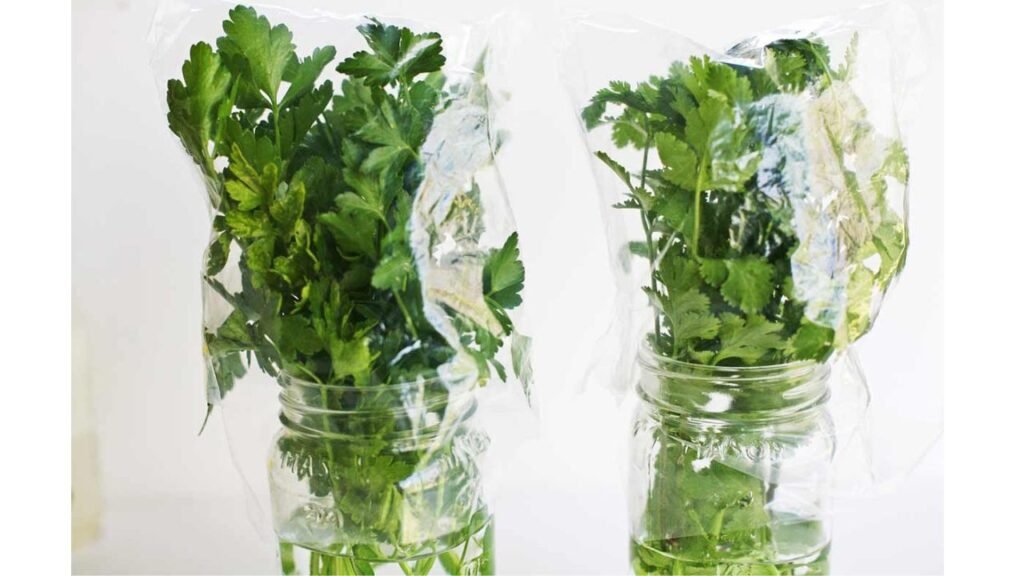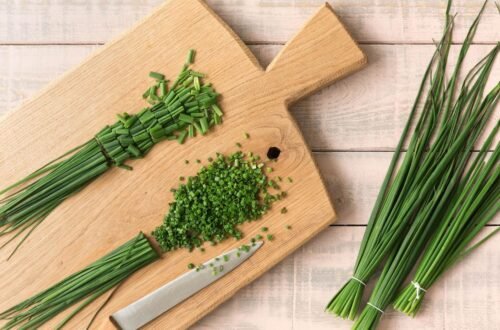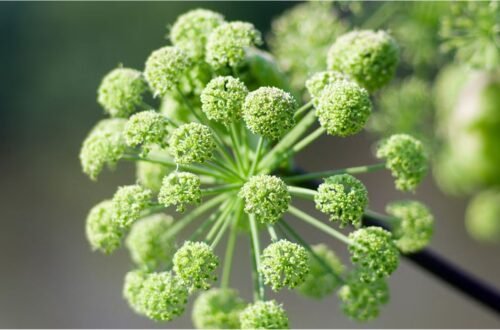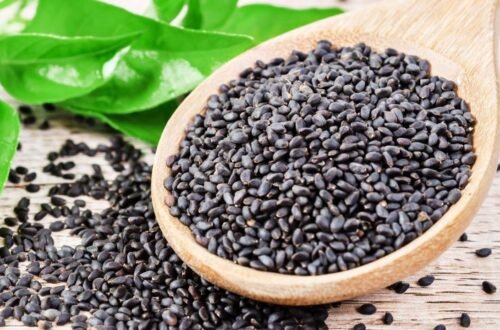Fresh cilantro is more than just a garnish. It is one of the world’s most versatile herbs. With its bright green color and citrusy flavor, it lifts the taste of any dish. From tacos to curries and even smoothies, it fits everywhere.
But cilantro is not just about taste. It carries essential vitamins, minerals, and plant compounds. It has been used in traditional medicine for centuries. Today, modern science continues to confirm its benefits. At the same time, learning how to keep cilantro fresh has become important for every kitchen.
This article will explore what fresh cilantro is, its benefits, how to store it, whether you can freeze cilantro, and how it compares with dried cilantro vs fresh.
What is Fresh Cilantro?
Fresh cilantro comes from the Coriandrum sativum plant. The leaves and stems are called cilantro in the U.S., while the seeds are called coriander. In Europe and Asia, people often call the entire plant coriander.
The leaves are delicate and green. The stems are thin but strong in flavor. Cilantro has a bold citrus-like taste that some love and others dislike. It is eaten raw, blended in sauces, or sprinkled on top of cooked meals.
Cilantro is widely used in Mexican, Indian, Thai, Middle Eastern, and Chinese cuisines. Each culture uses it differently. In Mexico, it is paired with lime for tacos. In India, it is used in chutneys and In the Middle East, it is added to salads and stews.
Nutritional Value
Fresh cilantro is light but full of nutrients. It contains vitamins A, C, and K. Folate, manganese, and potassium are also present. These nutrients support immunity, bone health, and digestion.
Here’s a breakdown per tablespoon of cilantro:
| Nutrient | Amount |
| Calories | 0 |
| Fiber | 0 g |
| Fat | 0 g |
| Sodium | 0 g |
| Cholesterol | 0 g |
Even though you may not eat large amounts, each serving adds small but powerful health value.
Health Benefits of Fresh Cilantro
Cilantro is more than just a flavor booster. It has been linked to many health benefits supported by both traditional use and modern research. Here are some of the key benefits you should know:
1. Supports Brain Function
Research shows cilantro extracts can protect nerve cells. In animal studies, cilantro improved memory and reduced cell damage. It may help lower risks of brain conditions like Alzheimer’s and Parkinson’s.
2. Reduces Anxiety Naturally
Cilantro has calming properties. Animal studies found its extracts worked nearly as well as anti-anxiety drugs. More human studies are needed, but results are promising.
3. Helps Manage Blood Sugar
It can lower blood sugar. In animal research, extracts reduced sugar levels in obese and diabetic rats. For people with low blood sugar, caution is needed.
4. Protects Against Foodborne Illness
Cilantro contains dodecenal, a compound that kills bacteria like Salmonella. It may reduce the risk of food poisoning. Studies also show activity against other harmful microbes.
Why Should You Eat Fresh Cilantro?
Adding cilantro to meals is simple. It makes dishes lighter, healthier, and tastier and blends into soups, salads, and sauces without effort. It is also low in calories and fat-free. That makes it perfect for weight-friendly diets. Adding it daily can improve both taste and nutrition.
Best Ways to Use Fresh Cilantro
Cilantro is best added just before serving. Cooking for long periods reduces its flavor. Both leaves and stems can be used in recipes.
Ways to use it:
- Sprinkle on curries and rice.
- Mix into salsas or guacamole.
- Blend into soups just before serving.
- Add chutneys with lime juice.
- Use stems in stocks or stews for stronger flavor.
How to Keep Cilantro Fresh?

Cilantro wilts quickly if not stored properly. Knowing how to keep cilantro fresh is key for everyday cooking.
Water Jar Method
To keep cilantro fresh for longer, first wash the bunch carefully and trim the stem ends. Place the stems in a jar filled halfway with clean water, just like you would with fresh flowers. Cover the jar loosely with a produce bag to allow some air inside, and then store it in the refrigerator. This simple method can keep cilantro fresh for 2–4 weeks. Be sure to change the water whenever it looks cloudy to maintain freshness.
Paper Towel Method
To keep cilantro fresh for a shorter time, first wash and dry the leaves carefully. Once clean, wrap them in a slightly damp towel and place the bundle inside a zip bag. Store the bag in the refrigerator’s crisper section, where the cool air helps maintain freshness. Using this method, cilantro usually stays fresh for about a week. Both this and the water jar method are simple and effective ways to preserve the herb for daily use.
How to Store Fresh Cilantro for Later?
If you buy more than needed, learn how to store fresh cilantro for longer use. Freezing and drying are the best methods.
Freezing Options
- Chop and freeze in ice cube trays with water.
- Blend with oil and freeze in cubes.
- Store in airtight bags in the freezer.
Drying Cilantro
Dry the leaves in sunlight or a dehydrator. Store in jars. However, drying reduces its strong flavor. Frozen cilantro works well in soups, curries, and sauces where texture matters less.
Dried Cilantro vs Fresh
The debate of dried cilantro vs fresh is common in cooking. While both forms come from the same plant, their flavor, nutrition, and uses are very different. Fresh cilantro is known for its bright taste and health benefits, while dried cilantro is more convenient but less powerful. The table below shows a clear comparison:
| Feature | Fresh Cilantro | Dried Cilantro |
| Flavor | Bright, citrus-like | Mild, less fragrant |
| Nutrition | Higher in vitamins | Lower after drying |
| Appearance | Bright green leaves | Pale green/brown |
| Best Use | Garnishes, salads | Stews, sauces, soups |
Cilantro in Smoothies and Juices
Cilantro can be blended into smoothies and juices. It adds a clean, tangy taste. It pairs well with cucumber, spinach, apple, and ginger. In juices, add cilantro after blending other vegetables. This way, you keep both juice and fiber. It is a refreshing detox drink.
Cilantro for Detox and Digestion
Cilantro is known for detox benefits. Compounds in it may bind heavy metals and remove them from the body. This process supports natural cleansing. It also helps digestion. Cilantro stimulates enzymes that break down food. It reduces bloating, gas, and heartburn. That is why spicy meals often include cilantro for cooling.
Fresh Cilantro in Different Cultures
Cilantro has been used for thousands of years. Ancient Egyptians used it in medicine and rituals. In India, it is part of daily cooking and Ayurveda. In Mexico, it is a key garnish for tacos and salsas.
Each culture uses cilantro in unique ways. That shows its versatility. From Asia to the Middle East, is always present in kitchens.
Conclusion
Fresh cilantro is more than just an herb. It is a source of flavor, nutrition, and health. It supports brain health, helps with digestion, and protects against bacteria and it is also used in detox diets.
The challenge for many is storage. Learning how to keep cilantro fresh is the key. Use jar or towel methods for short-term use. Explore freezing if you wonder can you freeze cilantro. And when it comes to dried cilantro vs fresh, fresh cilantro always wins in taste and nutrition.
From salads to curries, add it daily. Store it well. Enjoy its refreshing taste and many benefits in every meal. Cilantro is not just a garnish—it is a gift for both health and flavor.
FAQs
Q1. How to keep cilantro fresh after washing?
Ans. Dry it well and store it in a jar with water or wrapped in a damp towel.
Q2. How to store cilantro in the freezer?
Ans. Chop and freeze in cubes with water or oil.
Q3. Can you freeze cilantro whole?
Ans. Yes, place whole leaves in freezer bags for later use.
Q4. Which is healthier: Dried or fresh cilantro?
Ans. Cilantro has more vitamins, whereas dried cilantro loses nutrition after processing.
Read Our More Blogs: The Best Time to Drink Chia Seeds for Weight Loss and Energy





